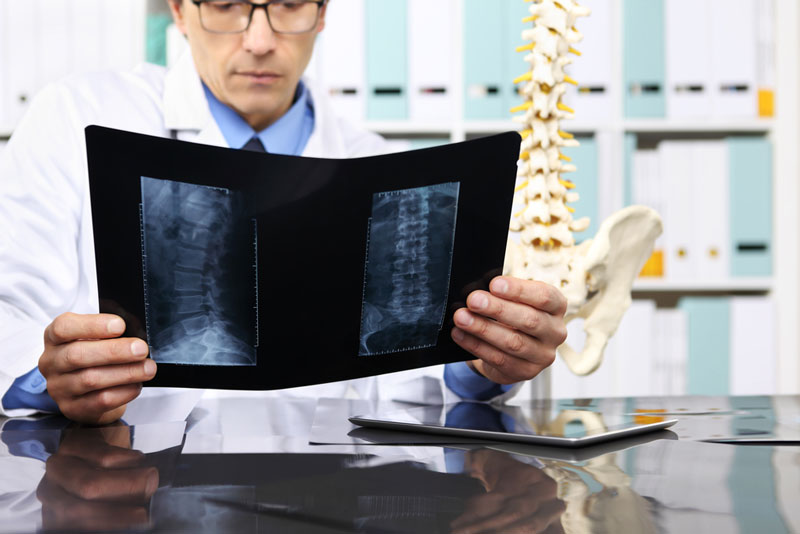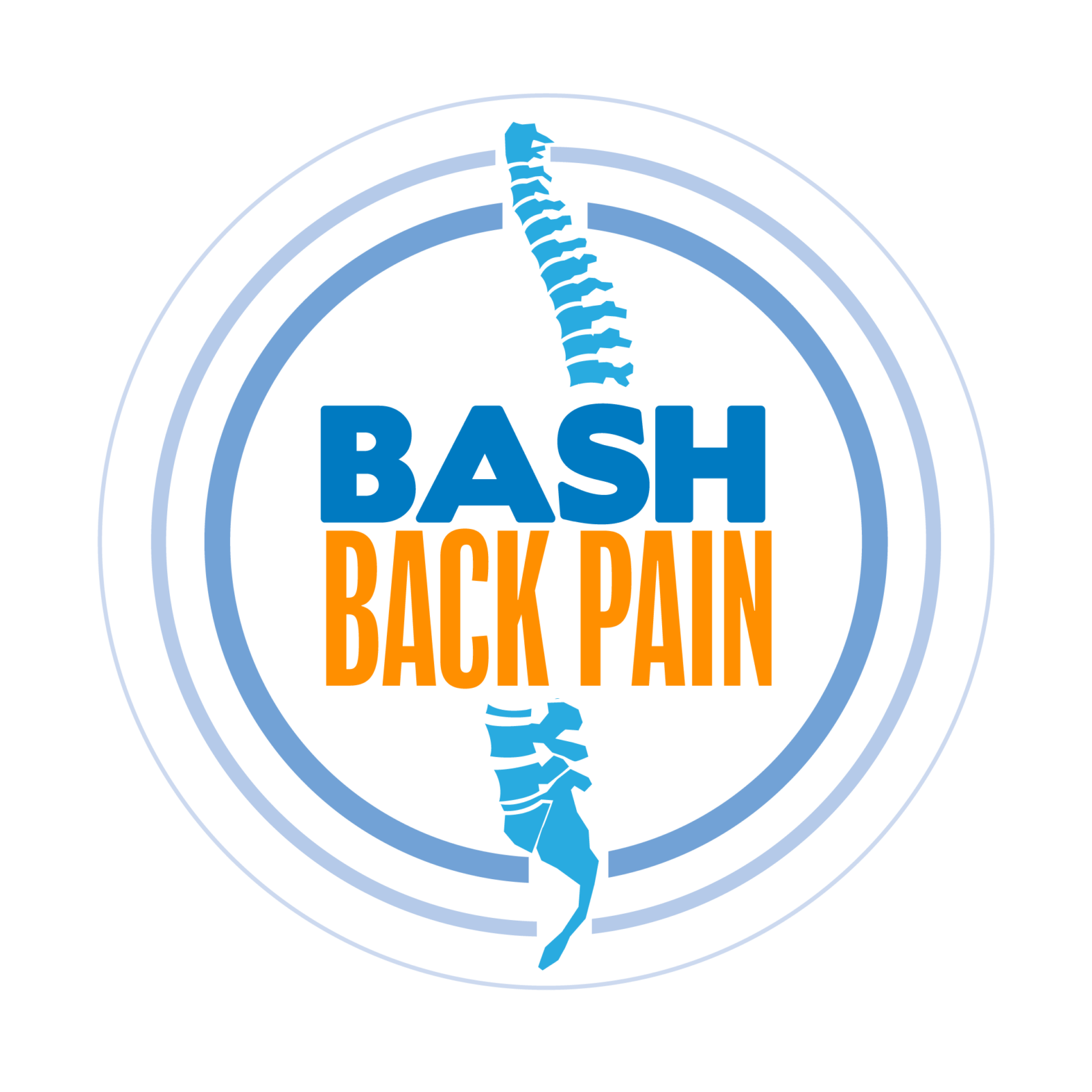Low back pain is one of the leading causes of disability and chronic pain among adults and one of the most common reasons for which patients are treated with opioids.
In this article, I take a look at some of the evidence for opiate use and its efficacy in relation to lower back pain.
Contents
- What are Opioids?
- How are Opioids classified?
- What are some common types of Opioids?
- How often are Opioids prescribed for lower back pain?
- How effective are Opioids for back pain?
- What are some common problems with Opiate usage?
- What are some conservative treatments for lower back pain?
- How dangerous are Opioids?
- What to do if your doctor recommends Opioids
What are Opioids?
Opioid medications are strong pain relievers widely used to treat back pain. They can change the perception of pain by weakening pain signals to the brain.
Opioids are derived from the opium poppy plant or made synthetically and some opioids may contain both opium-derived and synthetic material.

They are available in immediate and extended-release forms, can vary in strength and have different uses.
How are Opioids classified?
Opioids are classified by the U.S. Drug Enforcement Agency based on their medical benefits and potential for abuse or dependence. The classification goes from Schedule I to Schedule V, with the drugs considered most dangerous having the lowest numbers.
Schedule I drugs aren’t approved or accepted for medical purposes in the United States and have a high likelihood of abuse. Schedule II, III, IV and V are approved for medical treatment in the United States.
What are some common types of Opioids?
Schedule I
Heroin
Butyryl Fentanyl
Clonitazene
Schedule II
Fentanyl
Hydrocodone
Hydromorphone
Meperidine
Methadone Morphine
Oxycodone
Tapentadol
Schedule III
Buprenorphine
Codeine tablets
Schedule IV
Tramadol
Schedule V
Codeine liquid
How often are Opioids prescribed for lower back pain?
In the United States, opioid prescription for low back pain has increased, and opioids are now the most commonly prescribed drug class.
From 1999 to 2010, the proportion of visits to ambulatory physician practices for back and neck pain that resulted in a prescription of an opioid increased from 19% to 29%.

Rates of opioid prescribing in the US and Canada are two to three times higher than in most European countries.
The US national survey data showed a 660% increase in expenditure on opioids for spine problems from 1997 to 2006 owing to increasing prices and increasing use.
How effective are Opioids for back pain?
There is growing evidence that opioids are not superior to non-opioid treatment strategies for low back pain.
In fact data from a recent randomized clinical trial which looked at long-term outcomes demonstrated that opioid treatment did not confer benefit with respect to pain-related function and that adverse medication-related events were more common among patients receiving opioid therapy.
In contrast, pain intensity was actually improved among patients randomized to the non-opioid treatment.
In fact, opioids do not seem to expedite return to work in injured workers or improve functional outcomes of acute back pain in primary care. In regards to chronic back pain, systematic reviews in the scientific literature find scant evidence of efficacy.

Even after spinal surgery which is often implemented to reduce pain many patients continue long term opioid treatment even after the surgery.
In fact in one study looking at patients who had lumbar fusion operations, opioid-related overdose was the most common cause of death in the three years after surgery.
This may come as a shock to some readers but I am sure you will have all heard of the opioid crisis in the USA and sadly these drugs do come with some powerful side effects.
What are some common problems with Opioid usage?
Accidental overdose
Dependence on medication
Breathing problems
Tolerance – A need for increasingly stronger doses
Constipation
Dry mouth
Upset stomach
Lung and heart problems
Sleep apnea
Depression
Insomnia
Erectile dysfunction
There is a growing sense that the management of back pain should focus on return to normal activities more than pain relief because a reduction in pain often follows improved function.
What are some conservative treatments for lower back pain?
Physiotherapy
Yoga
Focused rehabilitation programs
Spinal decompression techniques – Lumbar Decompression Stretch Here
Cognitive behavioral therapy pain management – Psychology of Pain Read Here
Massage

How dangerous are Opioids?
From 2010 to 2019 in the USA an average of almost 14,000 people a year die from prescription opioid drugs.
Dependence can emerge with just one to three months of daily use as was reported by researchers in a clinical trial looking at back pain.
Although physical dependence is not the same as addiction, it can still be problematic for patients wishing to end long term treatment with opioids. For patients who continue to take opioids, dependence can cause withdrawal symptoms if they are unable to get a refill.

In fact, it has been reported that approximately 20% of individuals receiving long-term opioid therapy develop an opioid use disorder.
Therefore, given the prevalence of chronic low back/sciatica pain in the United States, identifying effective non-opioid alternatives for chronic low back pain should be a top health care priority.
What to do if your doctor recommends Opioids
If your doctor offers you opioid medication for your back/sciatica pain please think long and hard about your decision. If you have concerns don’t be afraid to ask them questions and make sure you have tried all other alternatives before going down that road.
If you or someone you know is struggling with lower back/sciatica pain please check out my upcoming course.
And if you would like more helpful hints and tips on how to reduce your lower back/sciatica pain then subscribe to my weekly email here.
If you would like more tips on preventing lower back pain then go over to my YouTube channel for even more educational content.

